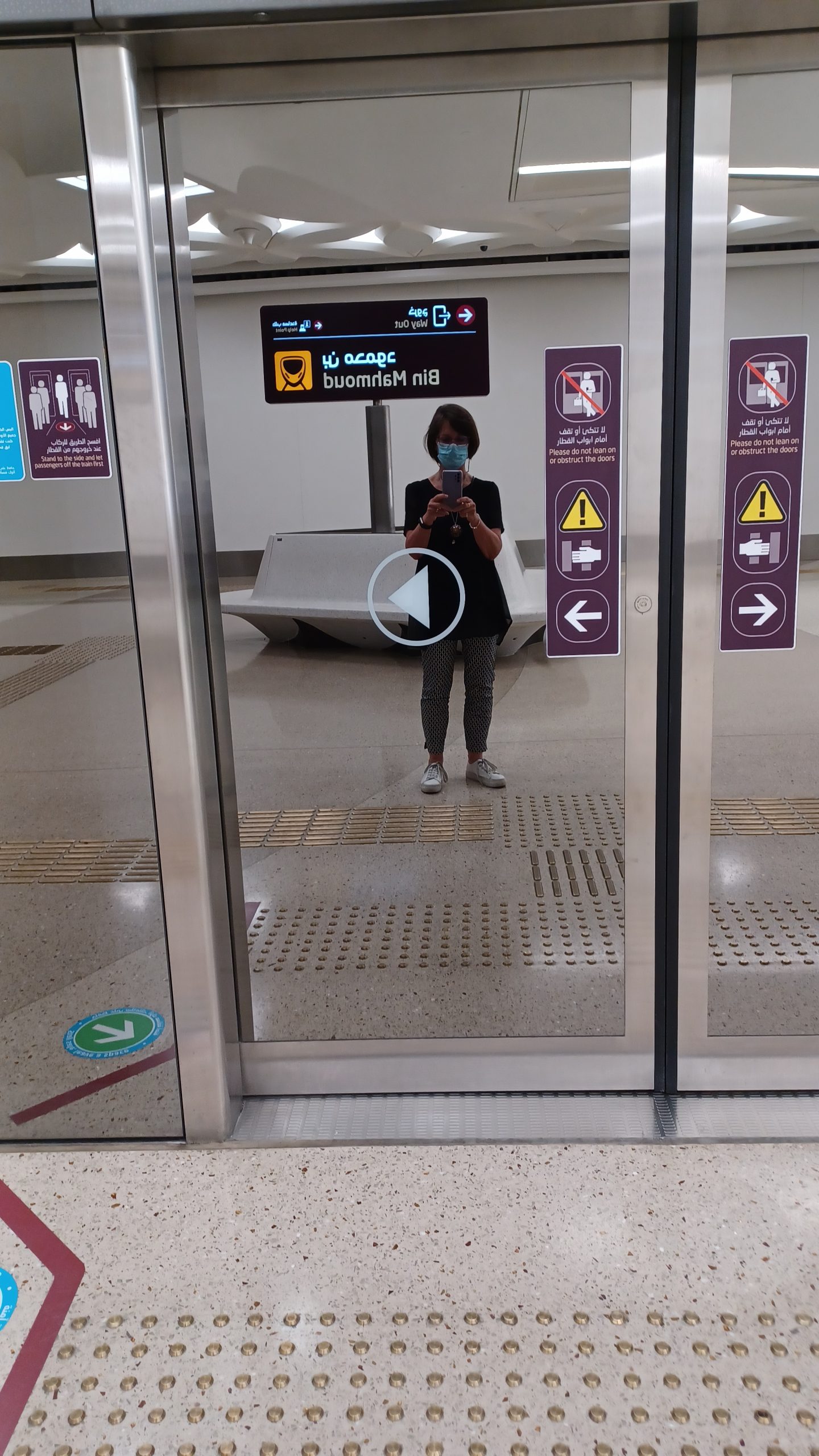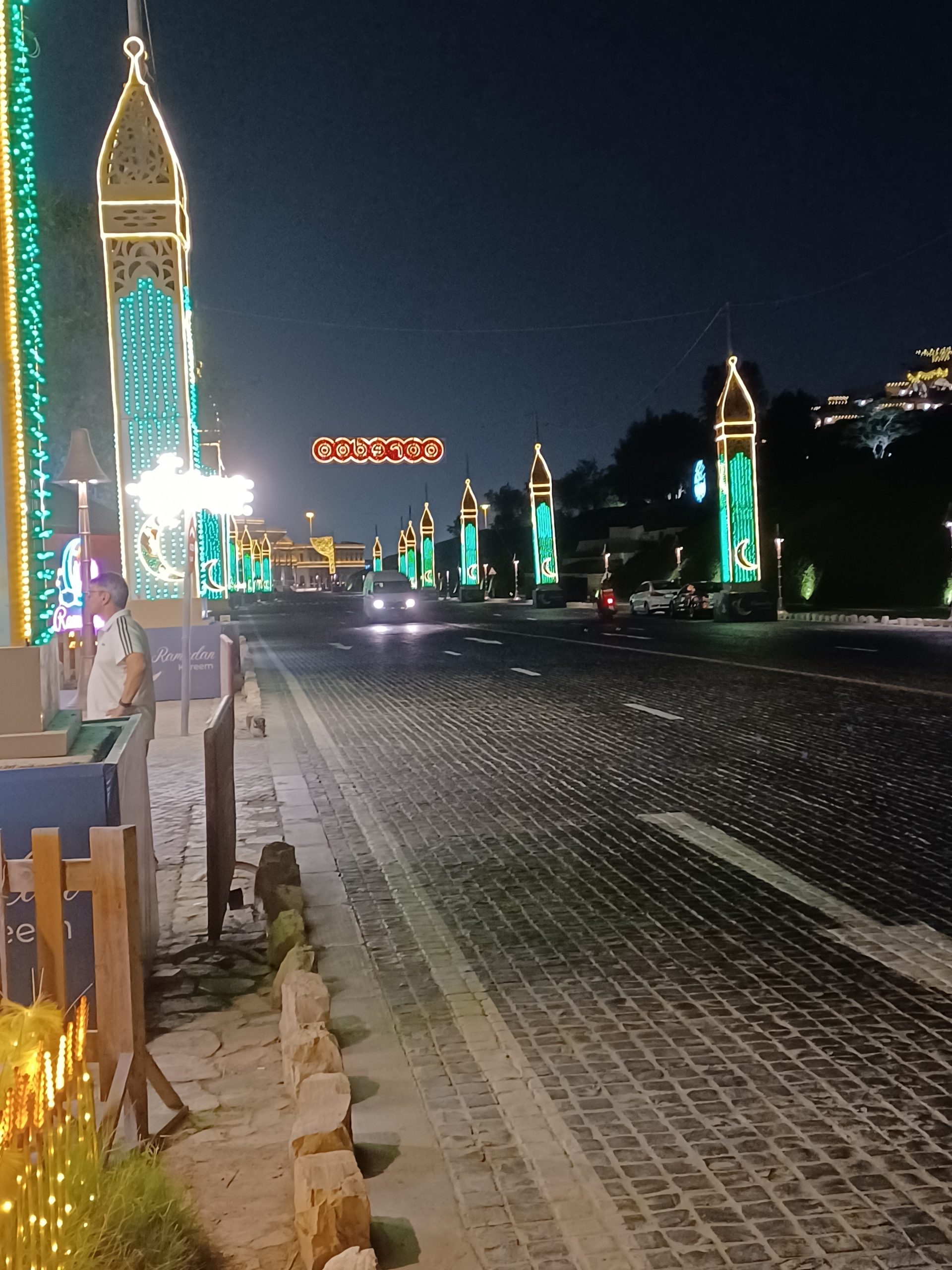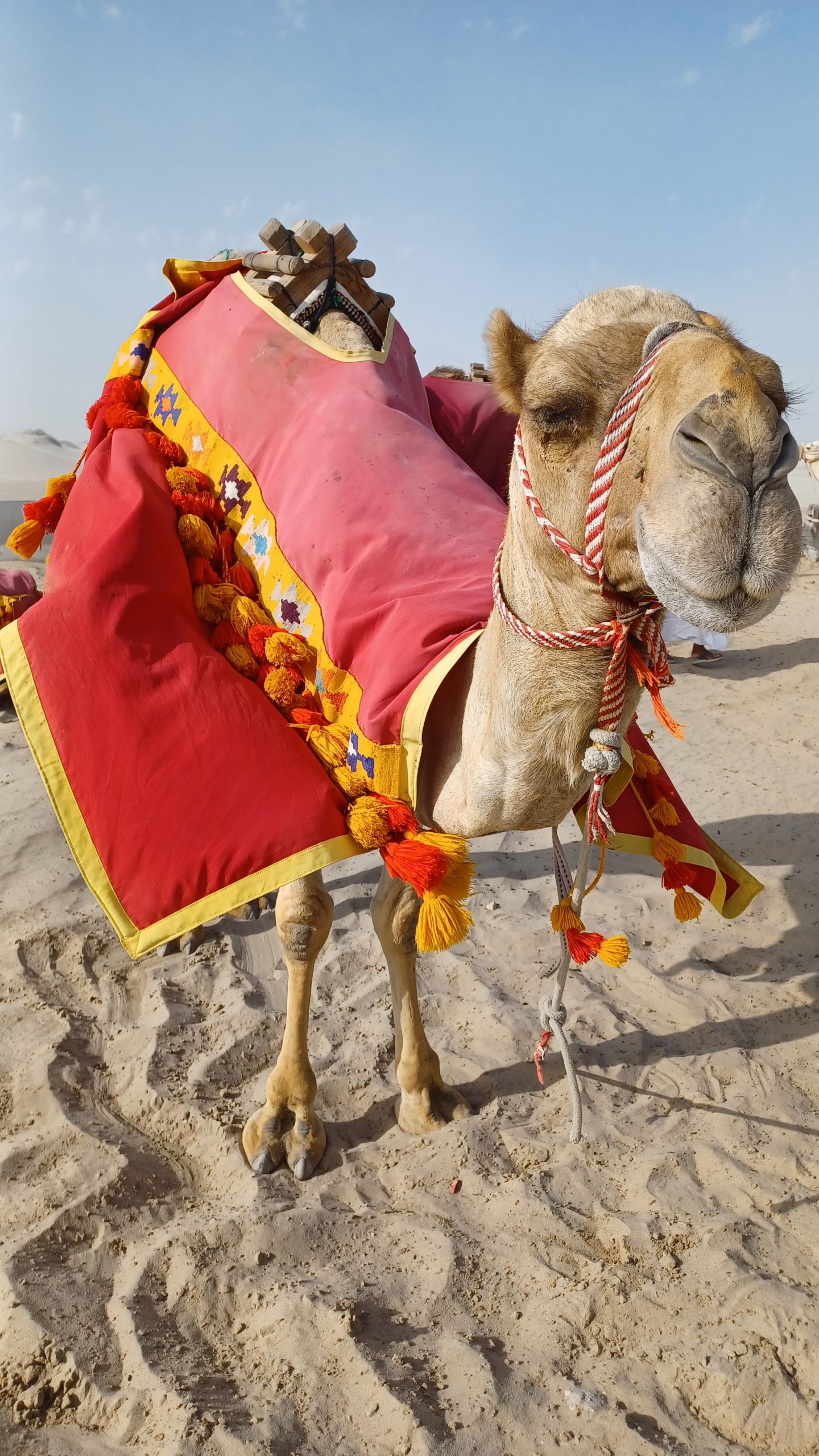Living in Qatar has been wonderful, but also weird for a South African who has never lived in the Middle East. For starters, Sunday is a working day, motorists drive on the wrong side of the road and camel racing is a favourite sport.
The three million folk who live in this tiny peninsula country in the Gulf act, speak and dress differently, you are also exposed to everything from swish skyscrapers to basic Bedouin tents, and it’s not unusual for the mercury to hit 50C at the height of summer.
After almost 500 days in the Land of Sand – and with this being my 40th blog post – I thought a reflection on the weird and the wonderful, might be timely.

Here’s the first five of my weird and wonderful top 10 in no particular order:
1. Dessert in the desert
Doha, Qatar, is a contradiction in terms.
The city has mushroomed. It may be located in a desert but there are significant lashings of all things green. Some areas, like Katara, are lush with verdant green lawns, large trees, shrubs, flowers, and the like.
Yet, there are no rivers or lakes in Qatar and the average annual rainfall of 6.2cm (most of which falls in two or three heavy showers annually) is way below the world average of 100cm.
So how do they do it?
How does such a dry country transform the desert landscape into proverbial dessert? How are they able to create these mini oases?
The answer: desalination plants. (According to the National Museum of Qatar, the first such plant was built in 1953).
According to ice.org.uk, Qatar has one of the highest domestic water consumption rates in the world, presently cited at 450 litres a person daily.


2. As safe as houses
As a South African, it’s both weird, and absolutely wonderful to feel safe.
At first, I would not venture out alone. I was on tenter hooks when folk left their groceries, precious goods and cars unattended. I marvelled at the open displays of jewellery in the shopping centres.
Now I don’t think twice.
I walk at night – alone.
I often forget to lock the apartment and don’t panic about it when I do. I leave my purchases in a trolley outside a shop and will happily deposit a gift outside the home of a friend should they not be home.
The feeling that comes with this sense of freedom is special. It’s akin to having a physical weight lifted from your body.
So, kudos to Qatar, which lives up to its standing as the safest country in the world, an accolade it has been awarded for the past five years by the Numbeo Crime Index.


3. Techno treats
Almost everything you need in Qatar can be accessed via your phone in the palm of your hand.
During the pandemic, you couldn’t so much as go anywhere without your phone as it contained your Ehteraz, which showed your vaccination status. You couldn’t go anywhere without proving you were COVID-free.
Registration for events, exhibitions and shows; QR codes for menus and the like; and then apps for shopping, takeaways and transport – it’s the norm here.
Even if you want to attend an event at church, you register online.
Anything else you can get from an automated dispenser.


4. Plane for all to see
It’s weird, very weird, but whenever you look to the skies in Qatar there’s always a plane gliding past. And often, it’s more than one, depending on the time of the day.
According to the Tribune newspaper in Qatar, there are more than 800 air movements daily between Hamad International Airport and the smaller and original airport, Doha International. That’s about 33 planes every hour throughout the day and night, but the majority of these flights land or take-off at night from about 11pm to 2.30am. During the FIFA 2022 World Cup in November last year, over 1 600 flight landings and take-offs were recorded.
I suppose it’s much the same in the skies above the world’s busiest airports like Hartsfield-Jackson Atlanta and Los Angeles in the US; Heathrow, London, in the UK, and Dubai, across the Gulf in the United Arab Emirates.
But if when you come from little old Gqeberha (Port Elizabeth), then anything above 15 daily flights is unusual.


5. Lean on me
The Qatari people pride themselves in being hospitable. And, indeed, in our limited experience, they are. You see, we have only met a handful of Qataris, possibly because there aren’t too many of them (about 330 000).
The first invited us into his home while we were walking in the neighbourhood, while second and third stopped to help the H and others at the scene of a fender bender on a busy highway.
The Qataris account for less than 12% of the population. The rest – like us – are permanent residents until our work contacts expire, and we have to leave for our home countries.
Despite a lack of numbers, the Qatari culture is firmly entrenched, including their hospitality and focus on the family. There is never any doubt that you are not in a Muslim country. There is strict adherence to the pillars of Islam, especially during Ramadan.
It has an expansive art and exhibitions programme to instil the Qatari culture and heritage.
So, when someone decides to build a leaning minaret, you can expect verbal fireworks …

So that’s the first five of my initial take of the weird or wonderful in Qatar.
There’s more next week.



2 Responses
Fascinating. Thanks, Debbie. Love from us to you two.
Debbie
Your take on all the things I have taken for granted over the years is lovely and so refreshing. I miss ‘home’ and the special people I have left behind. My head says I am coming back but then I realise I am not.